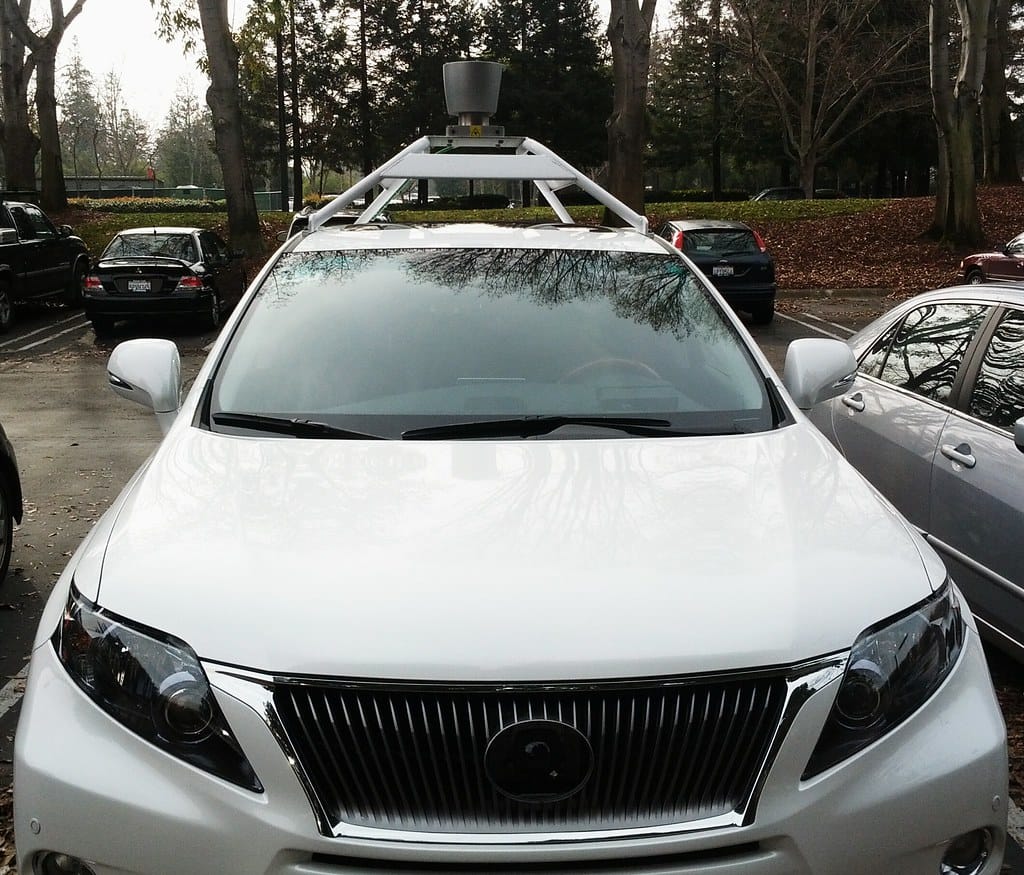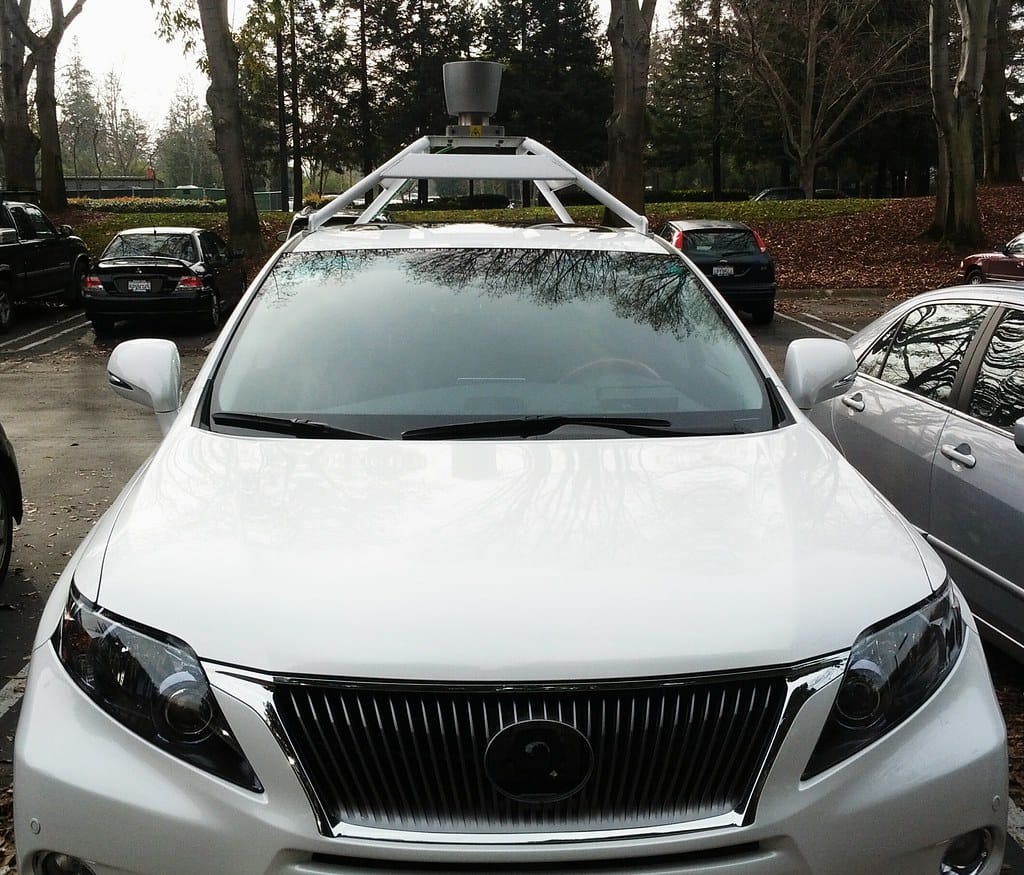Waymo's Robotaxis Return to NYC: The Self-Driving Revolution Reaches the Big Apple
After a four-year absence, Waymo's autonomous vehicles are making their comeback to New York City streets, marking a pivotal moment in the evolution of urban transportation. The Alphabet-owned company announced this week that it will resume testing its self-driving robotaxis across Manhattan, signaling renewed confidence in bringing autonomous vehicle technology to one of the world's most challenging driving environments.
A Strategic Return to America's Toughest Streets
Waymo's decision to return to NYC represents more than just geographic expansion—it's a bold statement about the maturity of autonomous vehicle technology. The company first tested in New York in 2017 but withdrew operations in 2020 amid the pandemic and shifting priorities. Now, armed with years of additional data and technological refinements from successful operations in Phoenix, San Francisco, and Los Angeles, Waymo is ready to tackle the notorious complexity of Manhattan traffic.
The timing is particularly significant as New York City grapples with transportation challenges ranging from congestion pricing implementation to ongoing debates about ride-sharing regulations. Waymo's return could introduce a new variable into the city's transportation equation, potentially offering solutions to some of these persistent urban mobility challenges.
Technology Meets the Ultimate Test
New York City presents perhaps the most demanding environment for autonomous vehicles globally. With its dense pedestrian traffic, aggressive driving culture, frequent construction zones, and unpredictable weather patterns, NYC serves as the ultimate proving ground for self-driving technology.
Waymo's vehicles will initially operate in a limited testing capacity, equipped with the company's latest sensor suite including advanced lidar, cameras, and radar systems. The vehicles will be monitored by safety operators during this testing phase, following the same protocols that enabled the company to achieve over 7 million autonomous miles in Phoenix and expand to additional markets.
The company's approach reflects lessons learned from its other urban deployments. In San Francisco, Waymo has successfully navigated complex scenarios including steep hills, cable cars, and dense urban traffic. These experiences have informed the development of more sophisticated decision-making algorithms that could prove crucial for NYC operations.
Market Implications and Competition
Waymo's NYC return intensifies competition in the autonomous vehicle space, particularly as rivals like Cruise (recently resuming operations after regulatory setbacks) and emerging players like Zoox work to establish their own urban footholds. The New York market represents a significant prize, with the city's taxi and ride-hailing market generating billions in annual revenue.
Current data shows that New Yorkers take approximately 200 million for-hire vehicle trips annually, creating a substantial addressable market for robotaxi services. If successful, Waymo could capture a meaningful portion of this market while potentially reducing the number of privately owned vehicles in the city.
The economic implications extend beyond ride-hailing revenue. Successful deployment of autonomous vehicles in NYC could accelerate adoption in other major metropolitan areas, potentially reshaping urban transportation infrastructure and policy nationwide.
Regulatory Landscape and Public Reception
Waymo's return comes at a time when regulatory frameworks for autonomous vehicles are becoming more defined. The company has worked closely with the New York Department of Motor Vehicles to ensure compliance with state regulations, while also coordinating with city officials on operational parameters.
Public acceptance remains a crucial factor. Recent surveys indicate that while skepticism about autonomous vehicles persists, exposure to the technology tends to increase acceptance rates. Waymo's track record of safe operations—with only a handful of at-fault incidents across millions of miles—could help build public confidence in NYC.
The company plans to engage with local communities and stakeholders throughout the testing process, emphasizing transparency and safety as core principles of their expansion strategy.
Looking Ahead: The Future of Urban Mobility
Waymo's NYC return represents a critical juncture for the autonomous vehicle industry. Success in New York could validate the technology's readiness for widespread urban deployment, while challenges could highlight areas requiring further development.
The implications extend beyond transportation, potentially affecting urban planning, parking infrastructure, and even real estate values. As cities worldwide grapple with mobility challenges, NYC's experience with robotaxis could serve as a crucial case study for the future of urban transportation.
For New Yorkers, Waymo's return signals the beginning of a new chapter in the city's transportation story—one that could reshape how millions of residents and visitors navigate the urban landscape. The next phase of testing will reveal whether the Big Apple is ready to embrace its self-driving future.

